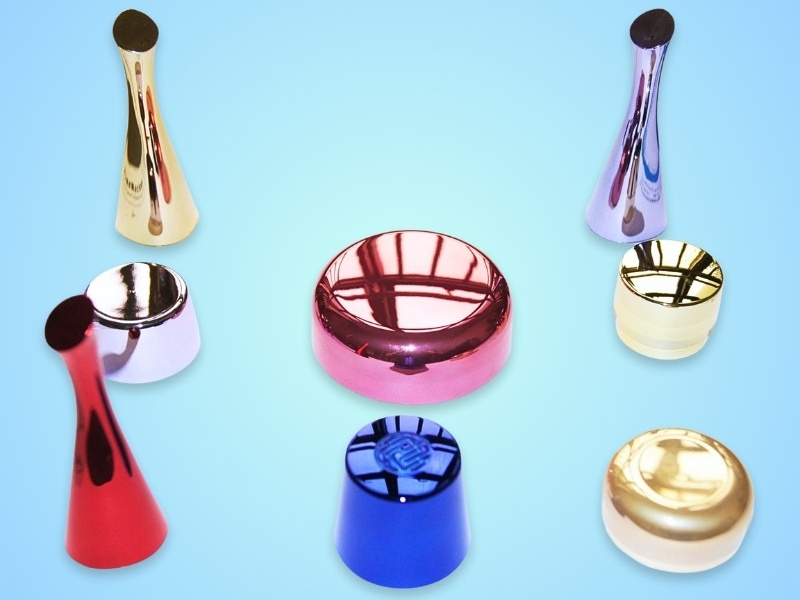
Vacuum metallization
Vacuum metallization, also known as physical vapor deposition (PVD), is a complex coating process that imparts metallic properties to non-metallic substrates by depositing thin films of metal. The process involves the evaporation of a metal source within a vacuum chamber, with the evaporated metal condensing onto the substrate surface to form a thin, uniform metal coating.
Vacuum metallization process
1. Preparation: The substrate undergoes meticulous cleaning and surface preparation to ensure optimal adhesion and coating uniformity.
2. Vacuum chamber: The substrate is placed in the vacuum chamber and the metallization process is carried out under strictly controlled conditions. The chamber is evacuated to create a high vacuum environment, eliminating air and impurities.
3. Metal evaporation: Metal sources are heated in a vacuum chamber, causing them to evaporate or sublimate into metal atoms or molecules, etc.
4. Deposition: When metal vapor contacts the substrate, it condenses and forms a metal film. The deposition process continues until the desired thickness and coverage are achieved, resulting in a uniform coating with excellent optical and mechanical properties.
Industry application
| • Automobile industry | • Consumer electronics |
| • Packaging industry | • Decorative applications |
| • Fashion and Accessories | • Cosmetic packaging |
We provide vacuum metallization consumables, such as tungsten evaporation filament (tungsten coil), evaporation boat, high-purity aluminum wire, etc.
Post time: Apr-25-2024
